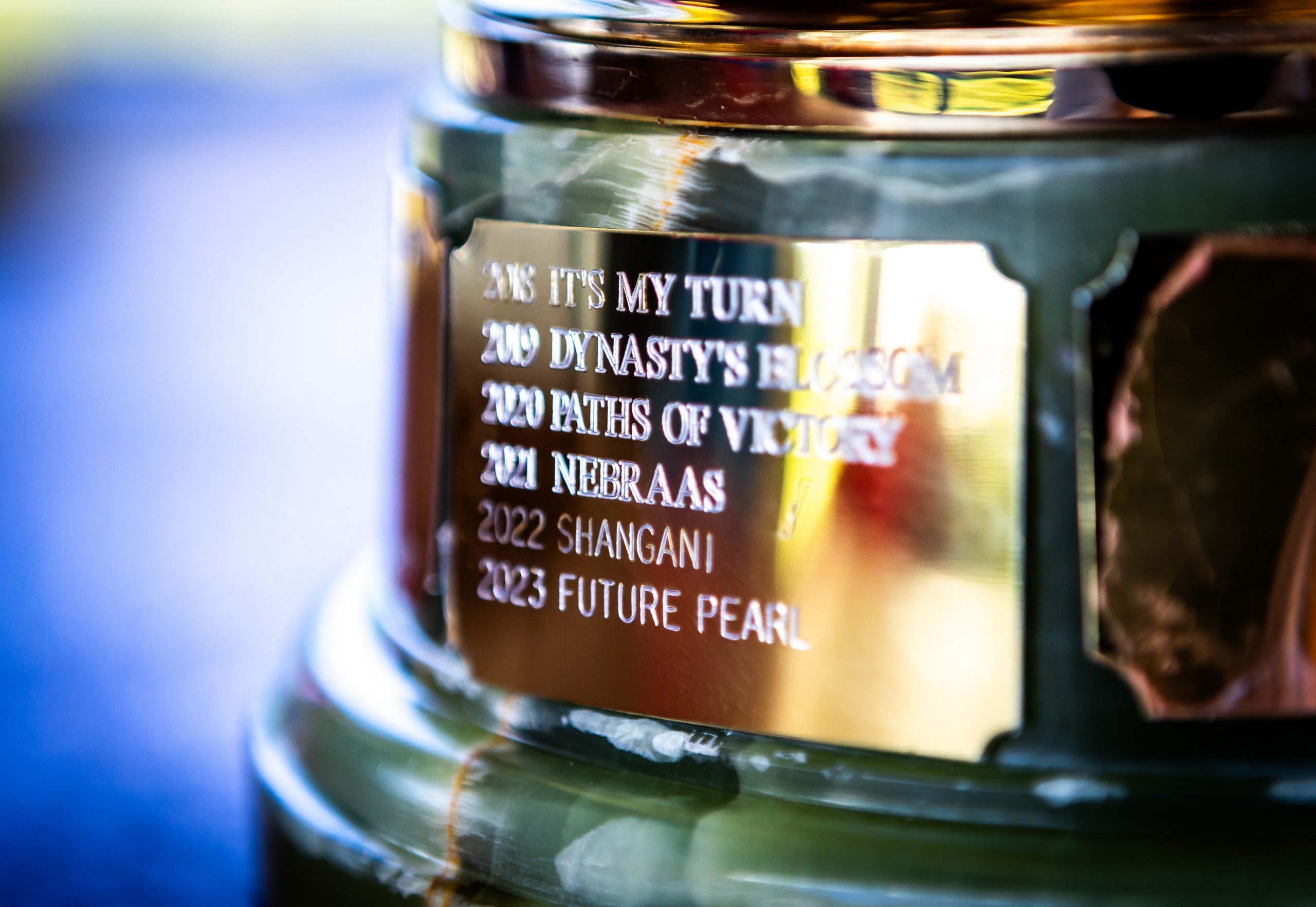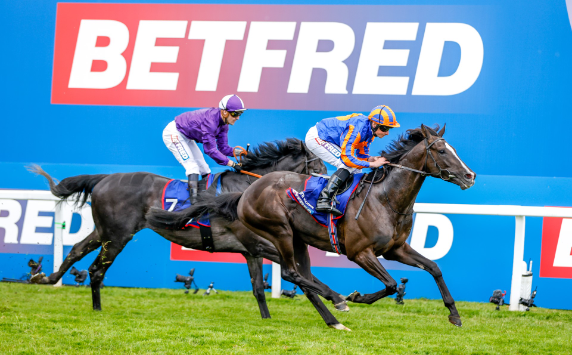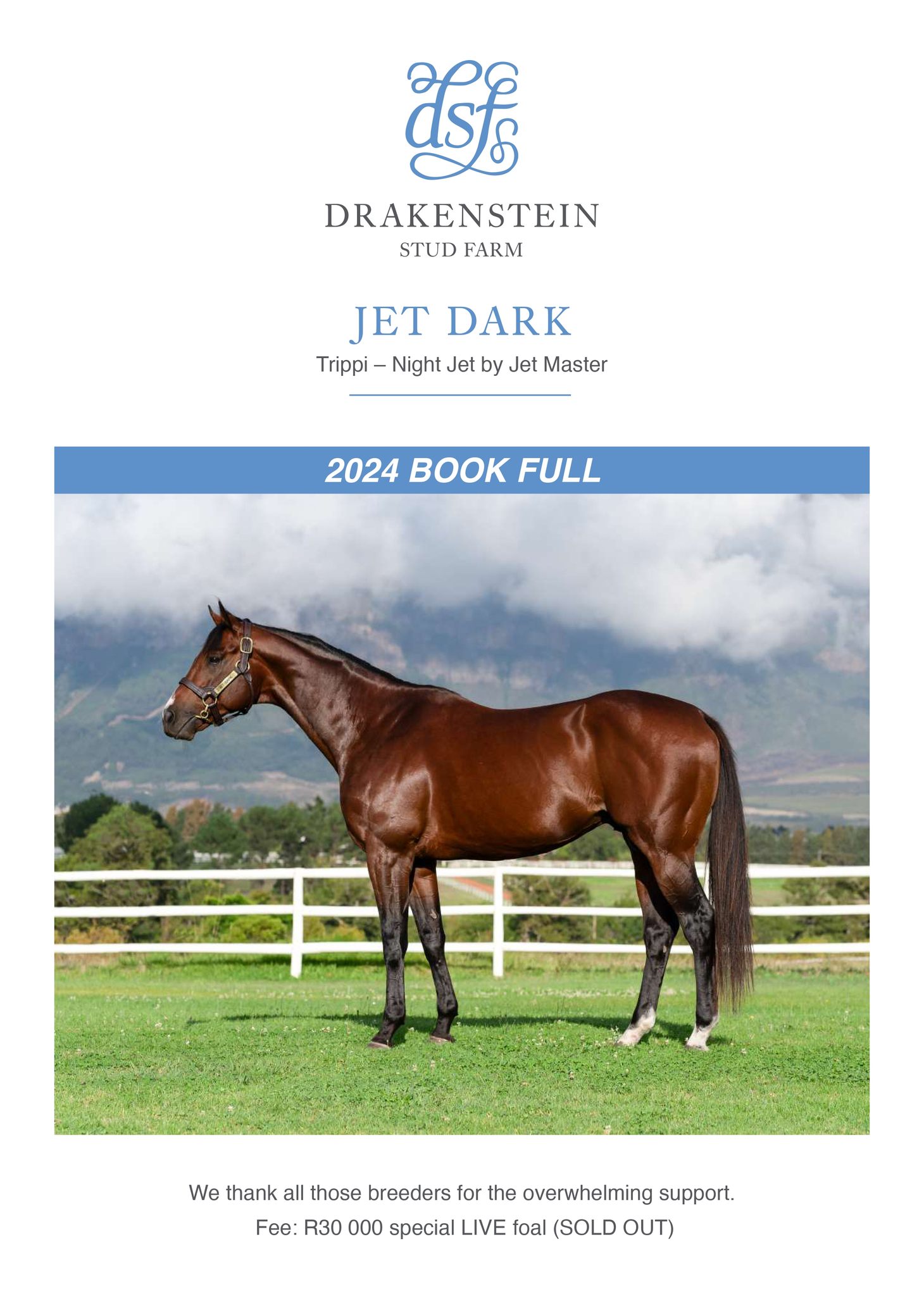A few days ago, I went to Salisbury.
After a day at Salisbury races as a guest of Ashbrittle Stud, driving through the gorgeous deep green Wiltshire views in the evening sun, my passenger nodded off in spite of excitable Wimbledon radio commentaries. He had risen at 3am to fly from Ireland to go to Salisbury, just as I had risen at 3am not long ago to fly from Cape Town to go to Harare, which used to be Salisbury.
In the early 70s I had arrived to live in the concrete miracle that was Tokyo with barely a Roman letter in sight. Ever since, many visits to do business “somewhere new” have provided the best excitement. Of course, such a visit as this one to Harare is not the basis for expertise and there is even a risk in saying anything, but in this case, unseen images of Zimbabwe had been alive in the mind since the extraordinary impact on 60s UK school students of UDI, the Lonrho adventures, eventual independence in 1980 and the difficult times since. It was a much anticipated trip made sensible by the conclusion of real business and the appetite for more.
The city centre in Harare reminded me in a number of ways of cities in the old Soviet bloc, some of which are now thriving and showing themselves off well which is a cheery thought. But the similarity to a first visit many years ago to a favourite if erratic business place, Manila, was striking. Smart new parts of town later rose there amongst the crumbling but solid sprawl and The Philippines, earlier a Spanish then a “forgotten” American colony, eventually surprised the world with its emotional and non-violent revolution in 1986.
Harare is not “war torn” like a heavily shelled Dubrovnic as some people seem to imagine, but is run down with broad but potholed thoroughfares and blurred-edged verges of long grass and litter, a constant topic in the press and on line, plus failed traffic lights, fine trees in need of surgery with dozens of ads nailed to them – but now the bustle of heavy but quite disciplined traffic where a few years ago there was little fuel available and most people simply walked. The hitherto empty shops are fully – and expensively – stocked with only U.S. dollars in operation. There are few coins so it’s either one, two or three dollars with a lot of filthy one dollar bills. But it works a great deal better than when a supermarket trolley full of money was required for a few scarce grocery items. If you had the patience to queue.
Visiting a suburban post office and shops with chatty staff and jousting with traffic crossing busy roads made me grin just as much as enjoying lunch in a lovely setting or a high speed WiFi served coffee shop in a land of, so far, few fibre optic cables. Officialdom may demand focussed responses, as elsewhere, and it is wise to be secure and cautious near certain people or groups in a great many countries, but mingling with the friendly population at large was comfortable and individual welcomes were warm.
The run-down elements of Harare signal the scope for a return to former attractiveness if and when new investment rushes in. It would be nonsensical to suggest here that matters are other than extremely complex whether political, administrative or commercial, but it is easy to imagine how nice it all was and perhaps could be again. And this is only the city area. The fabled beauty of the country at large whether the booked-up tourist destinations of the Kariba or Victoria Falls, for which special deals are available for our racing partners, or more venturesome trips yet to be made will be the subject of future bulletins.
Harare ceased to be named Salisbury in 1982. Fine. Kinshasha was Leopoldville. Nouadhibou was Port Etienne. Farther afield Chennai was Madras, Bombay is kind of still Bombay with Mumbai optional, Ho Chi Minh City was stunning Saigon, and York a thousand years ago was Jorvic and a couple of Roman names. Life goes on. But amongst the many contradictions in Harare are the unchanged street and suburb names.
A Sunday paper headlined British spy activity in regime change attempts, which seemed quite flattering insofar as it suggested some sort of power, while the organ of the opposite political view was similarly strident about something different. However both, rather democratically, could be purchased from the same newspaper seller who could be sitting on Stanley Avenue, a street admittedly near city thoroughfares named for Messrs Kaunda, Nkrumah, Mandela and Mugabe plus Prince Edward Street and Livingston Avenue. Not sure if Livingston and Stanley meet.
Then in the nearby suburbs, Aberdeen Road turns into Churchill Avenue off which Normandy Street and Dunkirk Drive are turnings. Avondale, Wensleydale, Belvedere and Braeside are some of the suburbs.
.
And of course Borrowdale, which brings us to the point.
“The best racecourse in the world”. So said an experienced South African friend and one or two Borrowdale Park trainers.
You can see what they mean in terms of layout. The expanse is huge and all the more striking for being so close to the city centre. The early morning mist, after a chilly winter night at high altitude before the day warms to 25, lifts to reveal a lap around that matches the scale of York, Ascot and Doncaster where the 1 mile 6 furlongs St Leger field only passed the post at the finish.
Borrowdale is level, broad and has long even bends on its oval plus a chute creating a serious straight course.
Unlike at those UK courses, training takes place at the track with once-a-week use of the grass and two everyday sand tracks of different grade, one all the way round and the other not. An enormous trotting ring has ample space around it quite near to each individual trainer’s allocated waiting and walking area. Warm-up walks to and from their home yards are secluded, useful, and educational for the babies. The vast central area could take a 9 hole golf course but instead is home to a newly built function facility which looks like it ought to make good money.
The trainers’ premises are dotted around the perimeter road (gated from the adjacent city roads but not fiercely so) that serves the contradictions of the good racecourse buildings and facilities, the advanced construction site on racecourse land of office buildings that were for the U.N. but are now for an insurance group, a squatter camp with well dressed children waving, and the differing yards.
Noelene Peech’s Glenwood is spacious, well-drilled, horticulturally enhanced and home to gleaming horses. Husband Christopher Peech, an extremely experienced owner/breeder, runs Rumbavu Stud, close in to town with attractive buildings on slopes, where I was welcomed straight off the ‘plane and bumped immediately into a full sister to one of our own Cape-based mares.
Back at Borrowdale, Dave Willey’s yards are blue and white cottagey and the horses gleam there as well.
Kirk Swanson has a big American barn on a cross. Seb D’Aquino sends out his winners from well separated rows of brick built boxes. Time was limited but these, and no doubt others, are very good training facilities to visit.
The Allan Bloodlines method where possible is to “learn by doing” and then bring in clients and partners. We have been very active in South Africa for nearly a decade. The extension to an administratively related but different racing country is logical as well as exciting whether in moving horses to Zimbabwe from South Africa (as we have, starting with a win and a Gr2 4th) or to Zimbabwe from UK/Ireland (as we have, yet to debut). One day we may be moving them in the reverse directions as well.
The catalyst was our friend and colleague at Allan Bloodlines Sascha Mills moving home to Zim after eight years including a degree in Equine Business in England, Distinction at the National Stud Course, UK stock and marketing positions, managing mare and yearling barns at the palatial Kentucky branch of arguably the best stud operation in the world, and of course two thrilling years with Allan Bloodlines!
We first saw IMPERIAL DICE as a razor blade narrow yearling – but beautifully balanced – on the farm in Franschhoek and bought him at the Nationals in Joburg. Parade Leaders need time and this one is now reaching proper maturity, a winner of 3 including his first at Borrowdale for ourselves and our partners and an unlucky but worthy fourth in the US$40,000 Gr.2 OK Grand Challenge, trained by Noelene Peech and on this day ridden well by “Figgy” Figueroa from Johannesburg. The smartly turned out 25,000 crowd on that day – not the 40,000 of the day of “The Tankard” but impressive nonetheless – was testament to exemplary efforts of the Mashonaland Turf Club combining with, for this day, the very strong OK retailing group sponsorship. The creation of three such big prize pots for The Tankard, the OK and the Republic (16 July, US$50,000) is brilliant and may be surpassed next season. But admiration is also expressed as the general stakes rise, bucking the international trend, even if not every race is quite as well funded as the next due to field sizes.
Partly because it is in operation at all and partly because of the arithmetic, jaws sometimes drop when I describe the prize/cost ratio at Borrowdale, whether describing it in Cape Town, Newmarket, Tipperary or, as yesterday, at a sponsor’s lunch party at the original Salisbury when speaking to a Scottish owner/breeder who had visited the Rhodesian Salisbury.
There is nothing like having a runner in a big race, wherever that big race may be, and combining the generous hospitality of the MTC with meeting people and partners, as well as popping off to explore the course and its facilities, made for a good day at Borrowdale in early June. Our fourth place got us into the celebratory unsaddling area where our victorious trainer took the tack off the winner GRISHAM, transferred to her from SA’s Geoff Woodruff for this effort.
A stablemate at Glenwood is an Allan bred 3yo VASCO by Captain Al, also a late developer and a winner of his maiden in South Africa with plenty to come. Intrepid folk in England and Ireland, followers of current affairs and with a sense of history, have a piece of him with us and are watching with interest. Like IMPERIAL DICE he runs – due out on Republic Day – in the HINTLESHAM RACING colours, our vehicle for ourselves and partners.
Alongside him are yearlings by “July” Winner GREY’S INN and top broodmare sire JALLAD purchased by Allan Bloodlines for Glenwood clients with Team Glenwood having made the effort to attend the sales where there were bargains aplenty.
Further round the perimeter road, Dave Willey (Waterfields) had a winner the other day by the Sarahdane Stallion CENTURY STAND. With Dave, we saw the stallion on a visit to the farm which was not only enjoyable, but also brought to in-your-face life the land grab issues that are so sharply in focus overseas whether really understood or not. Having myself bought a Zim bred colt that had been orphaned on a loading ramp by gunfire in earlier days, I had just a little sense of those times and now saw a tricky but stable status quo of wasted land that might one day be revitalised. It was a riveting experience and felt like a masterclass given by experts at the sharp end – but dwelling on the future not the past – backed up by on-the-ball staff living in unusual circumstances.
Our young filly QUALITY OF MERCY, bred in Ireland, is in a new partnership at Waterfields alongside a TIGER DANCE 2 year old now called SCREEN LEGEND that I found for the Willey string – by the same sire as the sale topper at the recent yearling sales that Allan Bloodlines was delighted to have pinhooked for Doonside Stud and clients last year.
All going well, more yearlings and going horses will soon be on their way shortly plus mares to produce in Zimbabwe.
The recent Zimbabwe National Yearling Sales were not a bonanza for breeders. Quite the opposite. But this was the same elsewhere. It is not nice for breeders at the time. We know from the heart and the wallet! But the best time to adjust the format is during dodgy markets that expose the flaws of the day.
Transport is so often the key to the horse business, with or without disease related complications, and we are conducting studies into the movements of mares and their young stock not only into Zimbabwe perhaps for the coming season but also out of Zimbabwe in the future. Now is also an interesting time to consider stallion movements and there are horses waiting in the wings. It may take time, but accelerated interaction can freshen up gene pools, titillate markets and whet the appetites of sales companies.
With luck and a following wind, the welcoming racing and breeding community in Zimbabwe, with its good staffs, infrastructure, expertise and extraordinary tenacity can capitalise on a future upswing. In the meantime, it is all there to be enjoyed by those with a spirit of adventure. The upside, be it a dream or an actual prediction, is enormous.
David Allan – Allan Bloodlines
www.allanbloodlines.com








